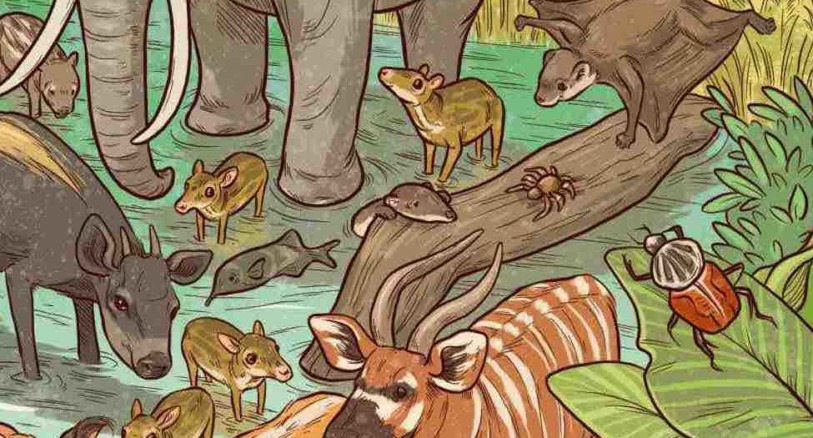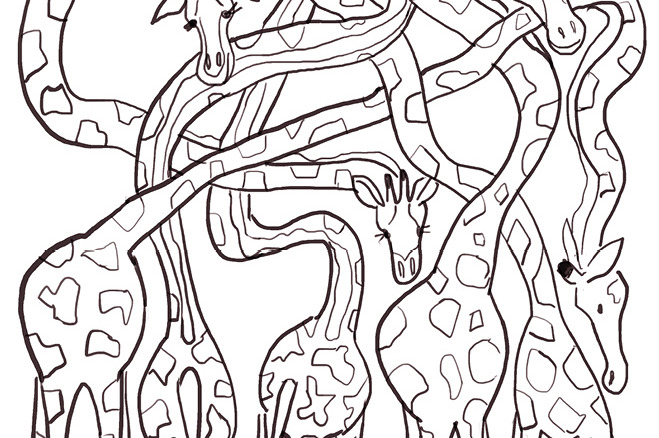How well do you know your sharks?
When you hear shark you may picture sharp teeth and a dorsal fin sticking out of the water. You may think danger! But wait. Block those pesky images and thoughts from your mind because sharks are so much more …
Did you know? There are over 500 species of sharks and most of them are not a danger to humans. Some sharks are so small they can fit in the palm of your hand. Some are the size of a whale and eat little things like shrimp and plankton.
Sure, some sharks are fierce predators, like great whites and bull sharks. But that’s a good thing! These sharks fill a much-needed role as top predators, helping manage populations of fish and sea mammals. And rarely do large sharks attack humans.
It turns out that we are way more dangerous to sharks than they are to us. Too much fishing is hurting many types of sharks. Let’s celebrate and take care of our sharks so they can keep doing their important work keeping our ocean ecosystems healthy. Let’s also celebrate them because they are important to the lives of many people worldwide through sustainable fishing and tourism.
Let’s meet 6 fab types of sharks
Play the game. And learn some facts below.
Can you find the matching pairs?
Fun facts about our 6 fab sharks!

Cookiecutter shark facts:
- a small shark
- like their name suggests, this shark has a special mouth that allows it to suction to prey and bite out round chunks of flesh
- feeds on fish, dolphins, whales, and seals and eat squid whole
- moves up and down between deep water and surface water
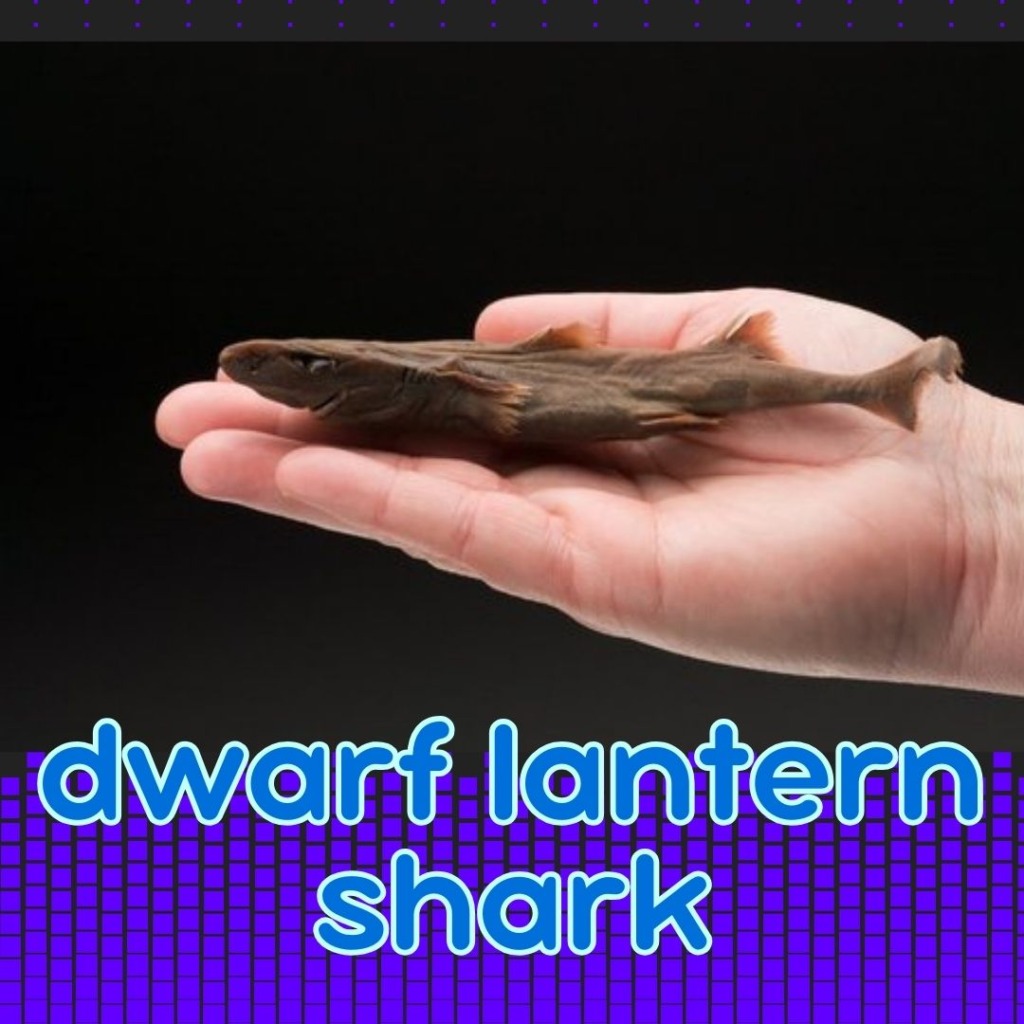
Dwarf lantern shark facts:
- world’s smallest known shark
- lives off the Caribbean Sea near Venezuela and Colombia
- can emit light from photophores on its belly and fins
- we don’t know much about this cool shark
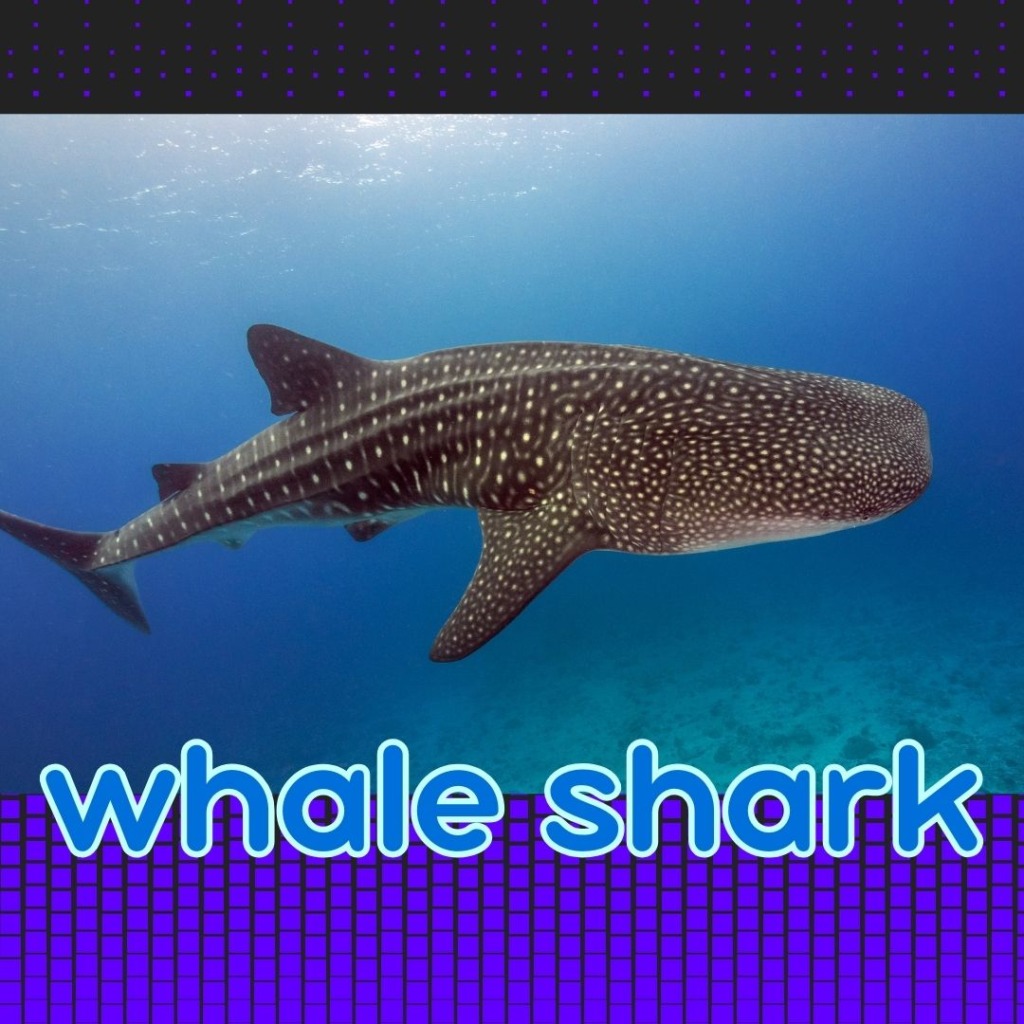
Whale shark facts:
- world’s largest shark at up to 18 m (60 feet) long
- beautiful spotted skin
- filter feeder, with many rows of tiny teeth perfect for eating plankton and shrimp
- can live for more than 100 years

Leopard shark facts:
- lives in the Pacific, off the coast of North America
- feeds in shallow waters like bays and estuaries on clams, fish, and shrimp
- gathers in large schools
- similar in appearance to other spotted sharks, including the zebra shark and tiger shark
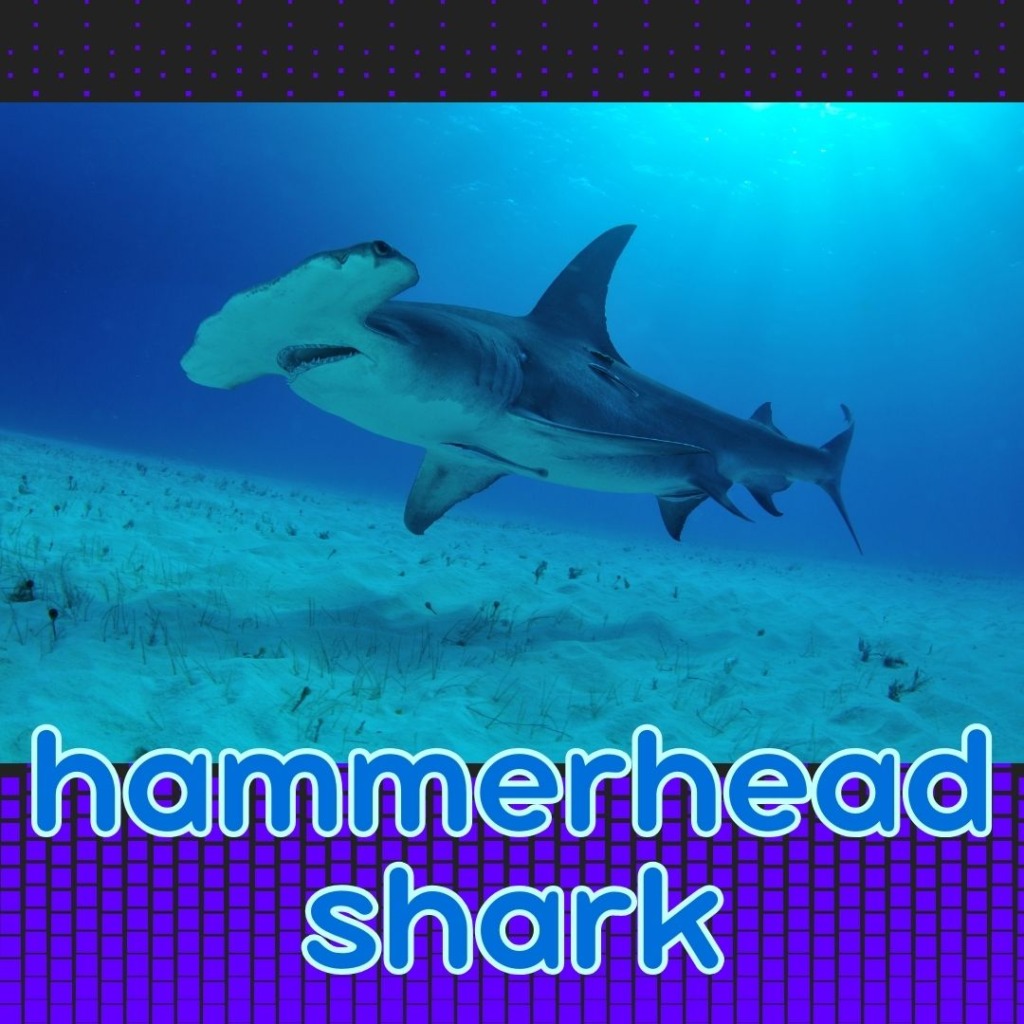
Hammerhead shark facts:
- head has unique shape like a hammer, with eyes on either side
- eats fish (including other sharks and rays), squid, crustaceans
- lives in warmer waters worldwide
- there are 9 species of hammerhead sharks and many are endangered
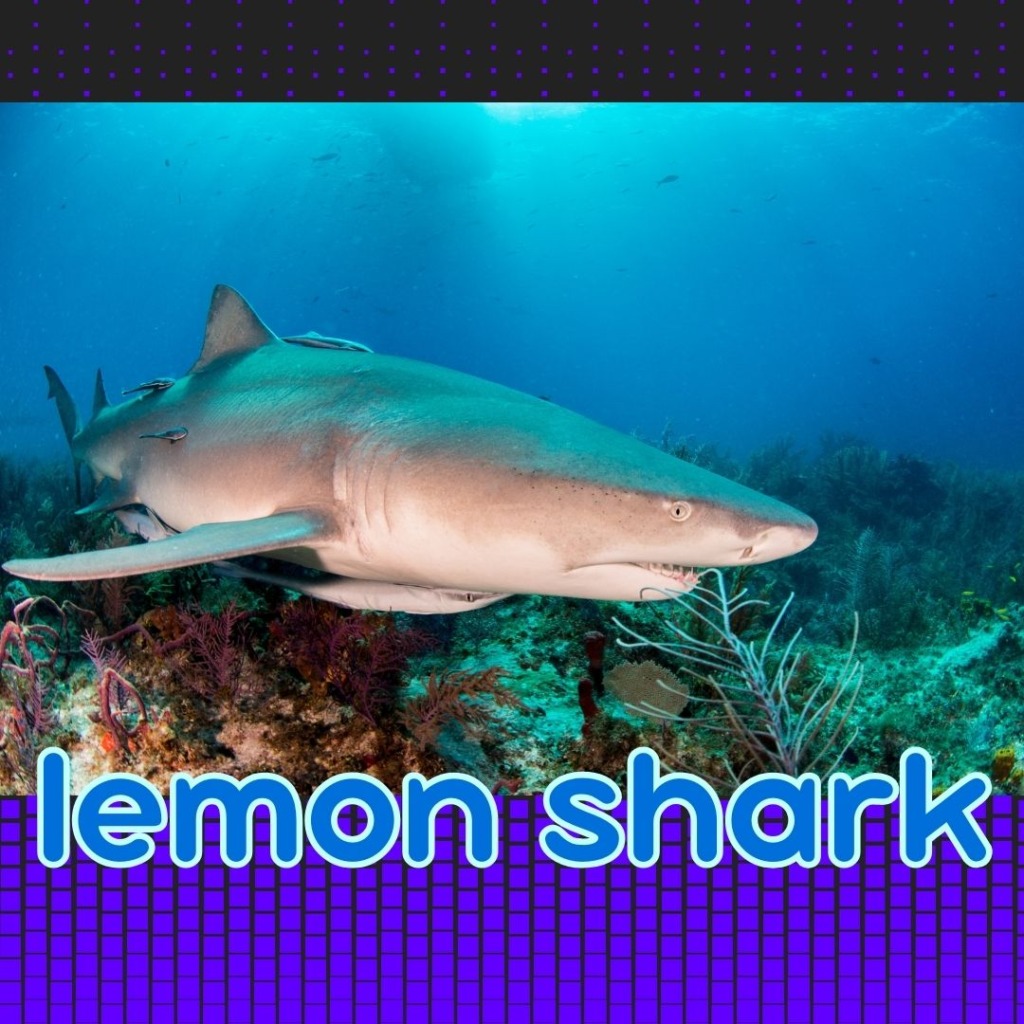
Lemon shark facts:
- a large shark that lives in groups
- yellowish color may help it camouflage against the sandy seafloor
- eats fish and crustaceans
- lives in coastal waters off North and South America and off the west coast of Africa
Created by Megan Strauss for Mongabay Kids
Image credits: dwarf lantern shark: Chip Clark/Smithsonian Institution, Public Domain; cookiecutter shark: NOAA Observer Project, Public domain, via Wikimedia Commons; whale shark: JFibu from Getty Images, via Canva.com; hammerhead: Nigel Marsh from Getty Images, via Canva.com; Leopard shark: barbaraaaa from Getty Images, via Canva.com, lemon shark: yfhishinuma from Getty Images, via Canva.com
Additional resources on sharks
Smithsonian Ocean: shark anatomy, behavior, ecology, and conservation


